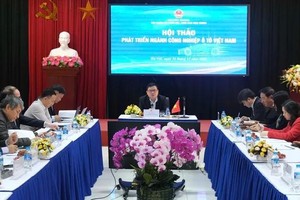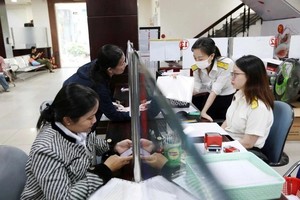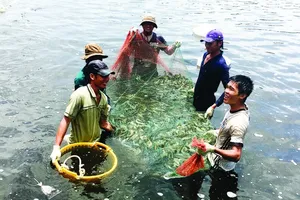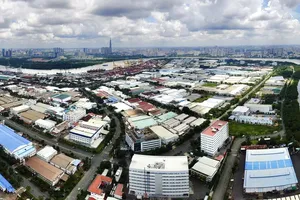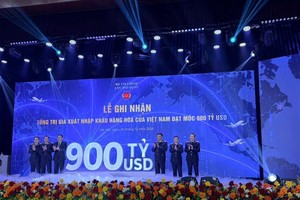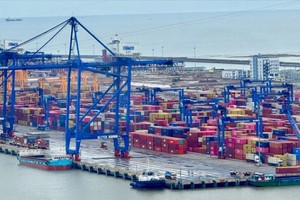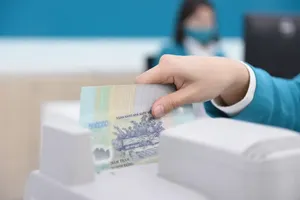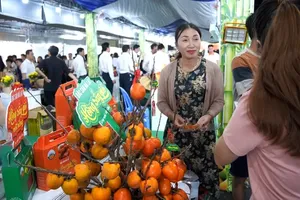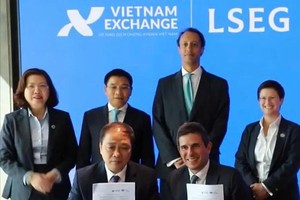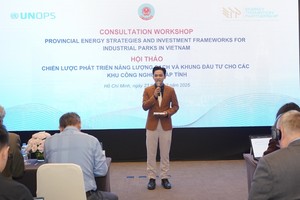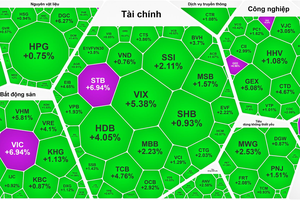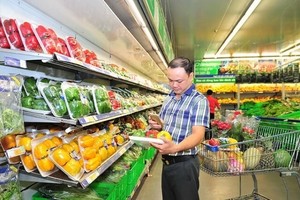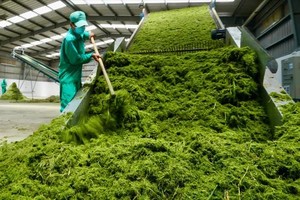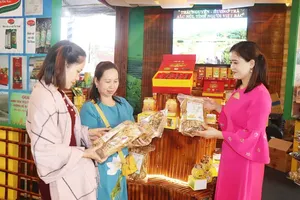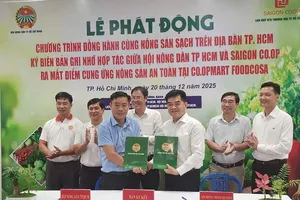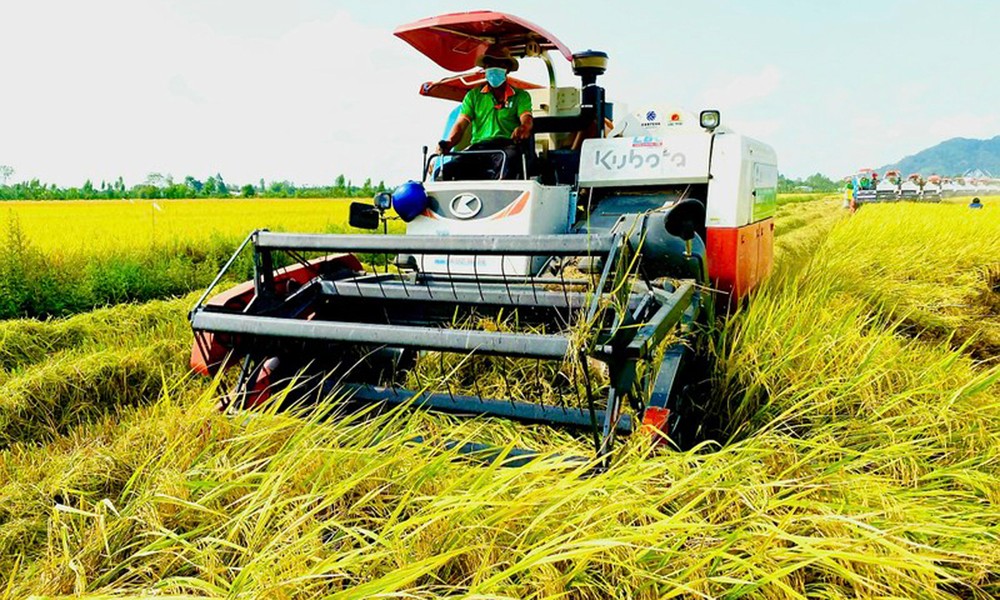
The sharp decline in Vietnamese rice prices in early 2025, amidst rising global supply, underscores the product's weak competitiveness and the market's inherent instability, despite its prior leading position.
Exports decrease, prices plummet
Vietnamese rice export prices have dropped steadily since October 2024, currently hovering below $400 per ton - the lowest among the four major rice exporting nations. This decline can be primarily attributed to India's resumption of rice exports, which has increased the global supply of affordable rice.
Additionally, key import markets like Indonesia and the Philippines have already secured sufficient rice reserves in 2024, dampening demand.
China, a key importer of Vietnamese rice, has recently shifted towards increasing purchases from Thailand and Cambodia due to preferential trade policies. As a result, Vietnamese rice exports to China have declined significantly.
According to a rice exporting enterprise, the competitiveness of Vietnamese rice has declined sharply. The high production cost due to the sharp increase in labor costs, agricultural materials and logistics in recent years has made Vietnamese rice unable to compete with Indian and Thai rice.
A representative from the Department of Crop Production under the Ministry of Agriculture and Environment reported that in recent years, Vietnam has prioritized exporting high-quality rice. In contrast, India can export large quantities of both affordable and premium-quality rice, presenting competitive challenges for Vietnamese rice exports.
Agricultural expert Hoang Trong Thuy noted that while Vietnam's rice exports consistently reach impressive volumes—averaging 7–8 million tons per year—the added value of Vietnamese rice remains relatively low.
The reason is that Vietnamese rice is still primarily exported in its raw form, and the lack of a strong brand is a major barrier to export activities. As a result, Vietnamese rice is not as competitive as Thai and Indian rice. Thailand has established high-quality and reputable rice lines such as hom mali, while India has the globally renowned basmati rice.
Moreover, Vietnam relies heavily on unpredictable markets such as China, the Philippines, Indonesia, and Africa. These markets have import policies that are highly susceptible to changes driven by economic or political conditions.
When China reduces imports or the Philippines adjusts import taxes, Vietnamese rice prices are immediately and significantly impacted. In contrast, Thailand and India have more diversified markets, including the U.S., Europe, and the Middle East, making them less vulnerable to fluctuations in any single market.
Vietnam's limited initiatives to regulate supply and demand continue to undermine the selling price and competitiveness of its rice exports.
In addition, Vietnam lacks a robust reserve strategy, leaving its prices vulnerable to manipulation during market fluctuations.
Former Director of the Institute for Policy Research and Strategy for Agricultural and Rural Development Dang Kim Son noted that major rice-exporting countries have more flexible export regulation policies. When global prices decline, they can withhold part of their supply to prevent market flooding or shift focus to high-end segments to sustain value.
Focus on building and developing brands
The Government has implemented numerous policies in recent years to support the rice industry, but the majority of these initiatives have focused on boosting output rather than increasing value.
Farmers remain reliant on traders and export enterprises, lacking a strong voice in the supply chain. To enhance the value and competitiveness of Vietnamese rice in the global market, experts emphasize the need for a series of coordinated and strategic solutions. A crucial objective is to establish and develop a distinct Vietnamese rice brand.
Building a strong brand requires developing specialty rice varieties with high quality, distinctive aroma, and exceptional nutritional value to differentiate Vietnamese rice and attract international consumers. Additionally, securing brand protection in key export markets is essential to safeguard product reputation and rights. Prioritizing food safety is also a critical factor in gaining the trust of global buyers and successfully expanding into international markets.
Economist Pham Chi Lan said that to compete effectively in the international market, Vietnam needs to invest in deep processing technology, build brands and ensure high quality standards for products.
The adoption of advanced production techniques and adherence to food safety and quality certifications such as GlobalGAP and HACCP enhance consumer trust and expand export markets. Meanwhile, according to the Ministry of Industry and Trade, alongside brand building, it is crucial to invest in trade promotion and marketing efforts to diversify export markets.
Chairman Cao Duc Phat of the Board of Directors of the International Rice Research Institute (IRRI) emphasized that the true value of rice lies not in its raw form but in processed products. He also highlighted the importance of enhancing logistics infrastructure, upgrading warehouses, seaports, and transportation systems to lower costs and shorten delivery times—key factors that would strengthen the competitiveness of Vietnamese rice in the export market.

